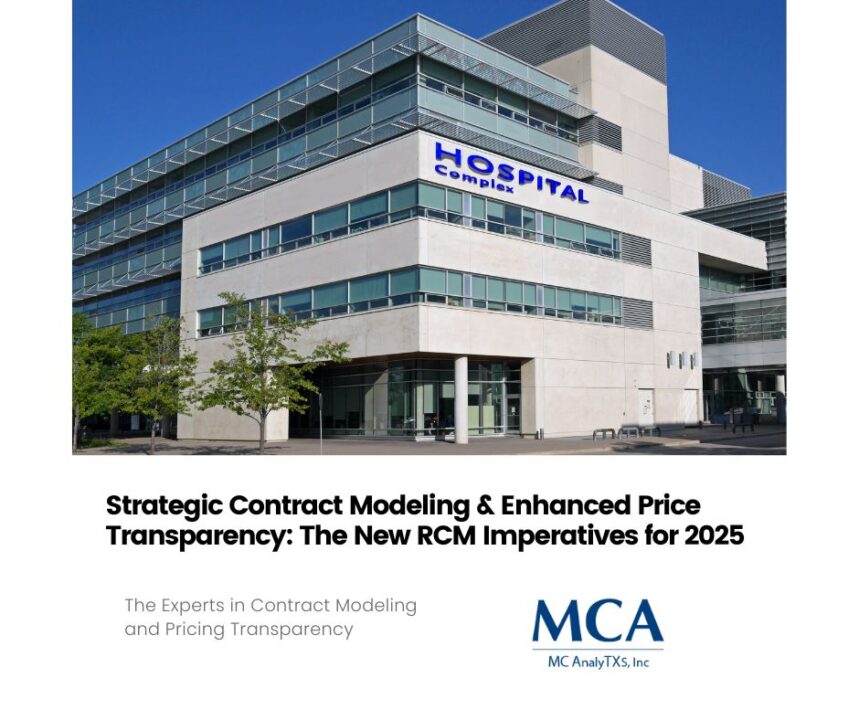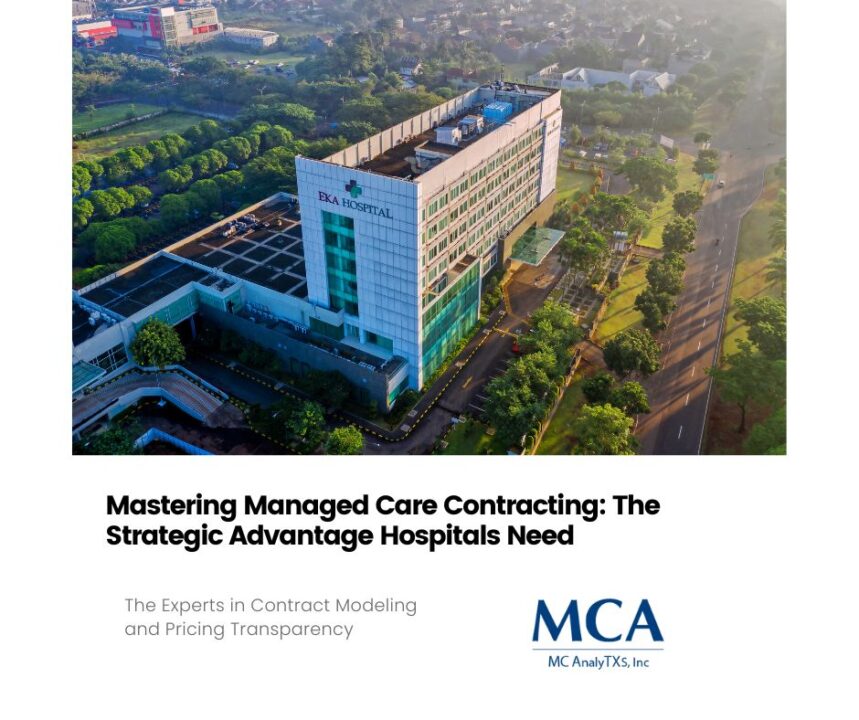

Revenue cycle management (RCM) professionals face various challenges that complicate their work and impact financial outcomes for healthcare organizations. Here are some of the most prevalent pain points:
1. Complex Regulatory Requirements
- RCM professionals must stay updated on frequent changes to healthcare regulations, like the 2024 CMS updates on price transparency. Compliance with these rules requires constant monitoring, updating of processes, and potential system changes, which adds to operational burdens Centers for Medicare & Medicaid ServicesHealth Catalyst.
2. Managing Denials and Revenue Loss
- One of the biggest challenges in RCM is denial management. High denial rates lead to revenue loss and are often due to incomplete or inaccurate documentation, complex coding requirements, and payer-specific rules. Handling denials efficiently requires resources and sophisticated tools, which not all healthcare systems have in place PYA.
3. Data Fragmentation and Integration
- RCM teams need data from multiple sources, including clinical, financial, and administrative systems, to process claims accurately and analyze revenue trends. Fragmented or outdated systems can cause data silos, making it difficult to access comprehensive insights, hindering financial planning and contract negotiations Centers for Medicare & Medicaid Services.
4. Staff Shortages and Burnout
- With staffing shortages and high turnover rates, particularly in billing and coding departments, RCM teams often lack the manpower to handle the workload efficiently. Burnout among existing staff further exacerbates this issue, impacting productivity, error rates, and morale PYA.
5. Patient Financial Responsibility and Collections
- As out-of-pocket costs rise, patient responsibility has become a larger portion of revenue. Collecting payments from patients can be challenging, requiring effective communication and flexible payment options. Many RCM teams struggle with creating patient-friendly billing processes that also improve collection rates Health Catalyst.
6. Technological Limitations and Need for Automation
- Advanced RCM solutions, such as AI-driven denial prediction or automated claims processing, are costly and require training. Many healthcare organizations still rely on manual processes, which can lead to delays, errors, and inefficiencies. Adopting and integrating new technology is a costly, but necessary, challenge for modern RCMPYACenters for Medicare & Medicaid Services.
7. Financial Pressure from Value-Based Payment Models
- The shift to value-based care models adds financial pressure, as payments increasingly depend on patient outcomes and quality metrics. RCM professionals must adjust to new reimbursement models and ensure that financial systems and staff are prepared to handle bundled payments and risk-sharing contracts, which are difficult to predict and manage Health Catalyst.
8. Payer Negotiations and Contract Modeling
- RCM professionals face challenges in negotiating favorable contracts with payers, often due to payer dominance in certain regions or specific service lines. Effective contract modeling is crucial, especially for bundled payments, yet it requires advanced analytics and data modeling that not all RCM teams have at their disposal PYACenters for Medicare & Medicaid Services.
Addressing these pain points requires a combination of technology, training, and strategic planning, with a focus on compliance, patient experience, and robust data analytics.
The value proposition of MC AnalyTXs for revenue cycle management (RCM) leaders lies in its ability to streamline and optimize complex financial processes, allowing for better visibility, efficiency, and profitability. Here are key areas where MC AnalyTXs delivers value:
1. Data-Driven Decision Making
- MC AnalyTXs provides RCM leaders with advanced analytics and real-time data insights, helping them make informed decisions on revenue trends, payer contracts, and reimbursement rates. By leveraging powerful predictive analytics, RCM professionals can identify potential revenue risks, forecast financial performance, and make proactive adjustments.
2. Enhanced Contract Modeling
- The platform aids in modeling complex payer contracts by offering automated tools that can simulate various payment scenarios, allowing RCM leaders to better understand the impact of contract terms. This feature is especially valuable in today’s market, where value-based care and bundled payments demand sophisticated contract analysis.
3. Improved Denial Management
- Denial management is a persistent challenge for RCM teams, and MC AnalyTXs helps by using AI-driven insights to identify common causes of denials, track denial trends, and provide solutions for reducing denial rates. This capability helps RCM leaders recover more revenue and streamline claims processing by minimizing avoidable errors.
4. Operational Efficiency and Automation
- By automating key RCM functions—such as claims processing, patient billing, and financial reporting—MC AnalyTXs reduces the manual workload on RCM teams, enhancing operational efficiency and allowing staff to focus on more strategic tasks. Automation in MC AnalyTXs also reduces errors, decreases time-to-payment, and improves overall cash flow.
5. Patient Financial Transparency
- MC AnalyTXs supports price transparency initiatives by helping RCM leaders provide patients with clear, upfront cost information. This feature not only enhances patient satisfaction but also improves collections by helping patients understand their financial responsibilities from the start, leading to more timely payments.
6. Scalability and Adaptability
- The platform is adaptable to both large healthcare systems and smaller facilities, allowing RCM leaders to scale tools and insights according to their organization’s specific needs. Its adaptable nature makes it ideal for RCM leaders looking to grow or adjust their strategies without a major overhaul.
By combining these features, MC AnalyTXs provides RCM leaders with the tools needed to navigate today’s financial complexities, reduce administrative burdens, and improve the bottom line, making it a valuable asset for organizations looking to enhance their revenue cycle efficiency and performance.





